I’ve been exploring Sora 2 lately, and here’s the thing: this isn’t just a version bump. The motion feels more real, characters stay in identity, and even audio lines up with lips on screen.
But let’s be honest if you go in blind, you’ll burn through credits and end up with broken clips. That’s why I’ve broken down the official workflow into a simple step-by-step guide. No fluff. No guesswork. Just what actually works.
Let’s get started →
Getting Started
Plan → keep it small: one scene or short sequence.
Mindset → draft → review → iterate in loops.
What Sora 2 Can (and Can’t) Do
✔ Physics realism (momentum, collisions, object permanence)
✔ Film grammar steerability (shots follow your plan)
✔ Audio sync (dialogue + effects generated with visuals)
⚠ Limits remain:
Physics can still break on edge cases
Stable around ~20 seconds per clip
Style can drift unless continuity is locked
Every output carries a watermark + metadata
▸ Step 1: Lock Your Settings
Aspect ratio → 9:16 vertical or 16:9 horizontal
Resolution → stick to 1080p defaults
Duration → start with 12–15 seconds
Audio → keep it minimal (one voice or ambience)
👉 Why: Staying inside these boundaries avoids failed generations.
👉 Checkpoint: Write your chosen settings at the top of your notes.
▸ Step 2: Turn Your Storyboard Into a Prompt
Define before you hit “generate”:
3–5 story beats (subject, action, setting, emotion)
Camera plan (CU/Medium/Wide, static vs. pan)
Audio plan (short line, ambience, or simple music)
Style anchors (palette, lighting, 1–2 descriptive words)
👉 Why: Loose ideas = chaotic renders. Clarity saves iterations.
👉 Checkpoint: Can you describe your scene in one sentence? If not, refine.
▸ Step 3: Generate Your First Draft Clip
Treat it like a sketch, not the final film.
Run with your locked settings
Name cleanly:
scene09_take02.mp4Log all parameters
Score it on 5 things:
Prompt adherence
Physics realism
Temporal consistency
Identity stability
Audio sync
👉 Checkpoint: Don’t regenerate instantly, watch, score, then plan next moves.
▸ Step 4: Iterate With Focus
One change at a time → camera, lighting, dialogue, or duration.
Branch 2–3 small variants off your best prompt
Track changes in a simple grid/log
Typical fixes:
Artifacts → simplify scene / shorten clip
Lip-sync issues → exact line + timing marker
Character drift → stabilize one subject first
👉 Checkpoint: Focus on physics + identity first; style polish later.
▸ Step 5: Use Cameos (With Consent)
Cameo requires opt-in approval in the app
Add cameo → select approved likeness → prompt normally
Both creator + cameo partner can see drafts
Access can be revoked anytime
Best practice: log approvals, avoid adding lines without explicit sign-off, confirm watermark + metadata stay intact.
Troubleshooting Quick Fixes
Broken physics → slow motion, fewer collisions, add “settle gradually”
Identity drift → repeat 3–4 anchors per prompt, keep scenes simple
Lighting flicker → ask for “consistent lighting,” steady camera
Lip-sync drift → one voice, short line, timestamp marker
👉 Always test fixes on a 10–12 second render before scaling.
FAQ Highlights
iOS invite rollout started Sept 30, 2025 (U.S./Canada)
Web at sora.com, Android support later
Sora 2 vs. Pro → speed/short-form vs. fidelity/API access
Audio generated with video
Imports → images only (no real people at launch)
Video→video not yet; use Remix
Cameos fully permissioned, can revoke anytime
Every clip has watermark + C2PA metadata
Sora 1 Turbo still live until deprecation notice
That’s it.
Stick to the tested workflow → storyboard clearly → iterate small → and you’ll turn Sora 2 into a reliable creative studio in your pocket.
See you in a few days,
Aniket Chhetri


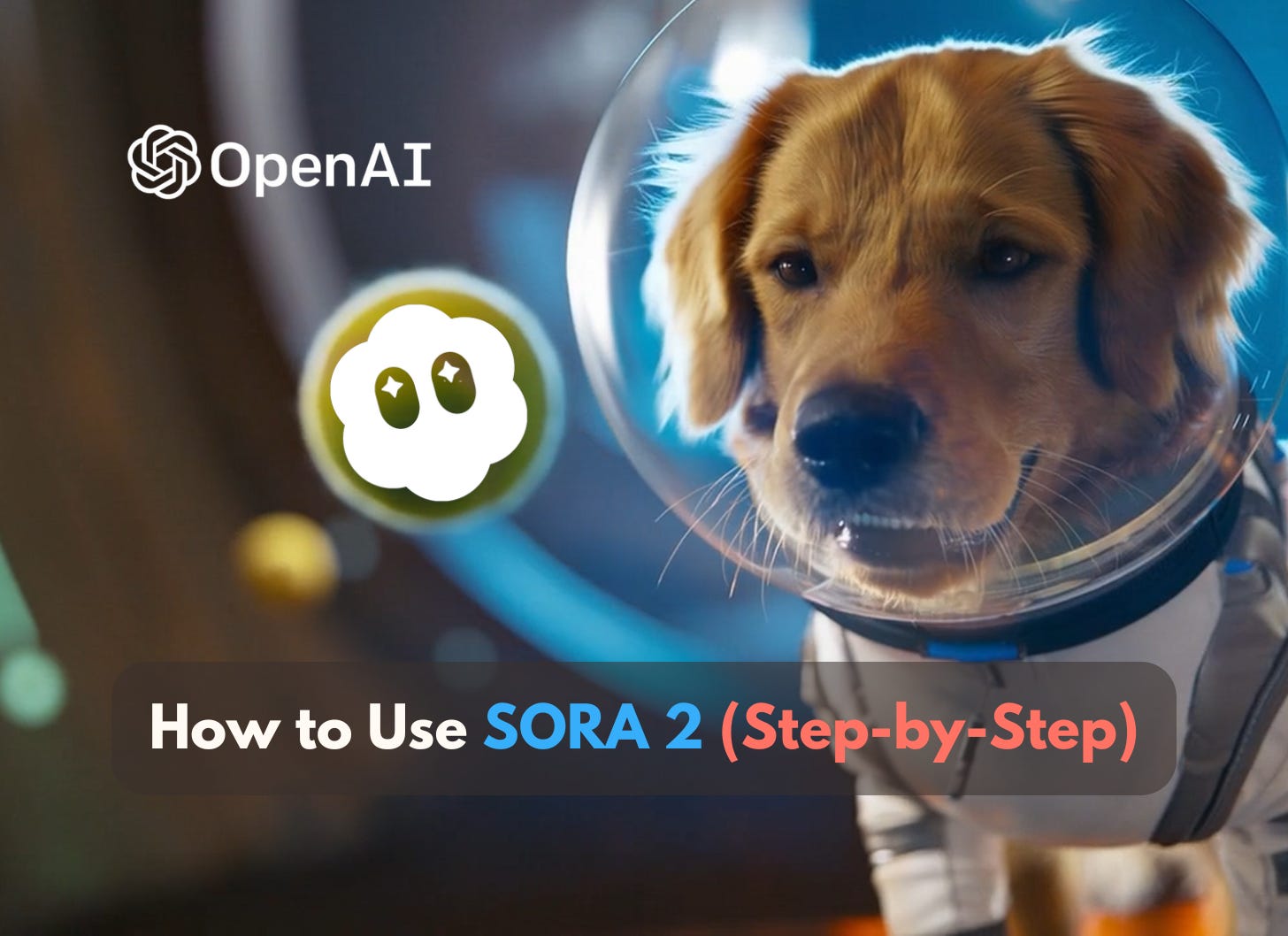

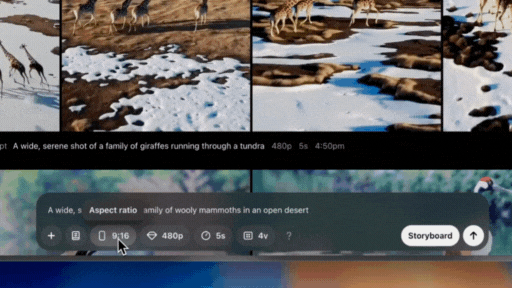

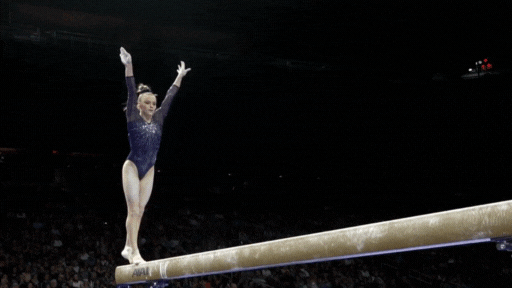
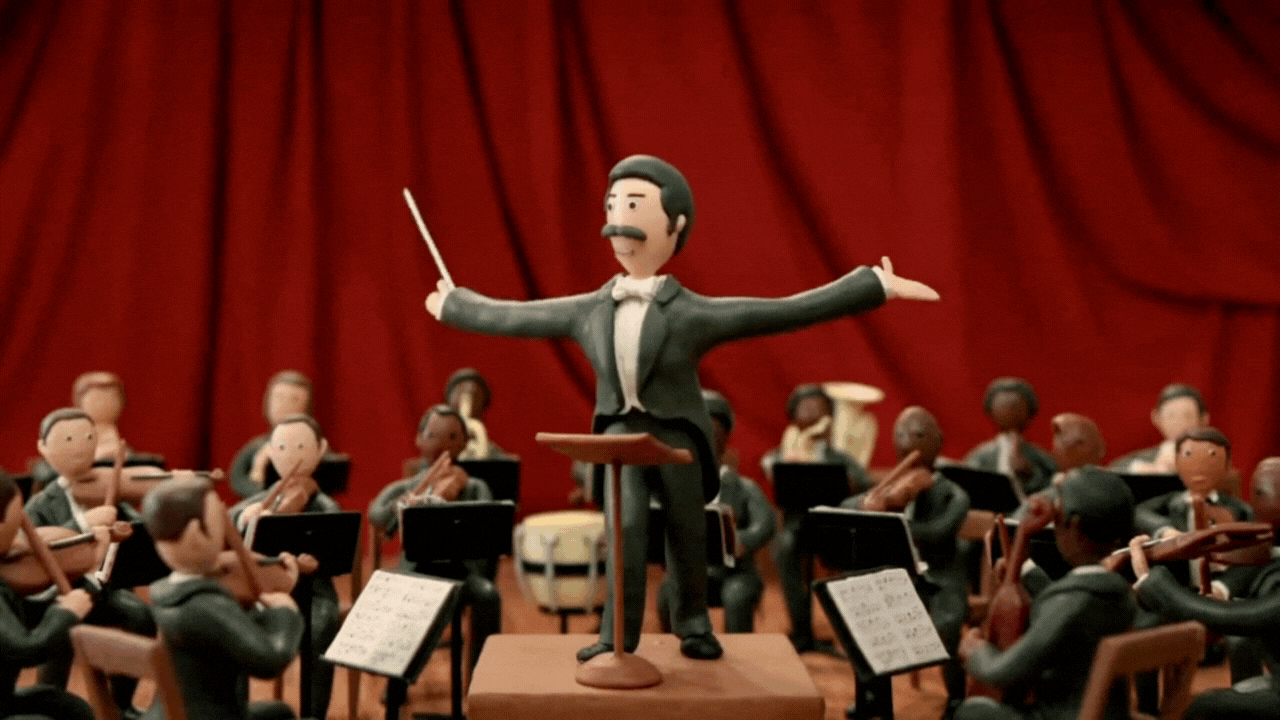
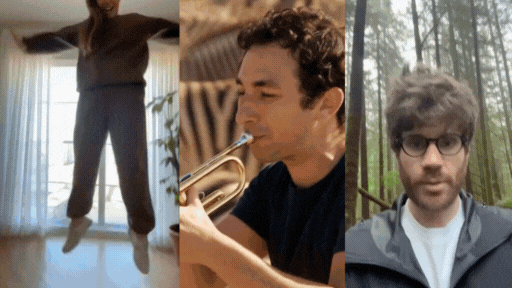
Iterate how? I can't see a way to even remix my own draft.